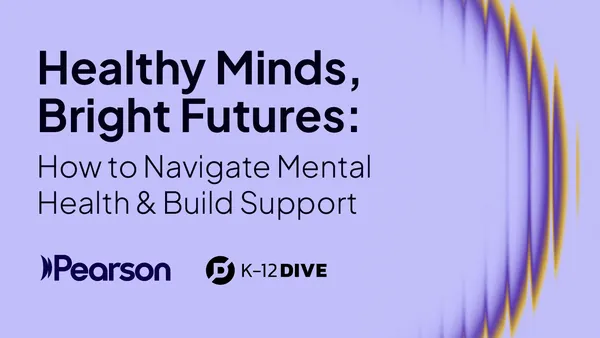States support a wide range of career and technical education (CTE) programs that feature industry-recognized credentials, but how effective are they at preparing high school students for a future career and long-term success? Credentials Matter, a first-of-its-kind analysis by ExcelinEd and Burning Glass Technologies, examines whether the credentials students earn align with real-world employer demand. This project presents the most extensive data collection and analysis of supply, demand and alignment data of industry-recognized credentials earned in states.
Explore the data at CredentialsMatter.org.
Are Students Earning Credentials That Prepare Them for Today’s Labor Market and Long-Term Success?
According to recent data, 46 percent of U.S. employers report difficulty filling open positions, with skilled trades the hardest jobs to fill. Industry-recognized credentials have the potential to convey a student’s workforce readiness and to help address this skills gap because they validate the knowledge and skills required for success in a given occupation or industry.
In fact, the U.S. Census Bureau reports that full-time employees with an industry credential earn more than their counterparts without one. And in some cases, the salaries of non-degree credential holders were found to be similar to workers with college degrees, according to research by Georgetown University’s Center on Education and the Workforce.
But how well do the credentials high school students earn in-state CTE programs align with employer needs? The Credentials Matter research uncovered some thought-provoking findings.
Only about half of all states (28) collect quantitative data on the attainment of credentials. This means that only approximately half of all states can analyze the credentials their students are earning and evaluate whether those credentials align with labor demand in their states.
Of the 24 states where data was made available for Credentials Matter, no state is highly aligned in terms of supply of credentials earned by high school students and demand for those credentials in the job market.
Credentials Matter offers the most extensive data collection available on industry-recognized credentials earned in states. Yet, even this cutting-edge analysis is limited because so many states are not collecting quantitative data. Where data are available, this research reveals that many credentials earned by high school students through CTE program offerings carry little currency with today’s employers. It also raises serious questions policymakers should address about these credentials’ overall return on investment for students and state economies.
Building a Better Educational Path for Students
Many states are looking for ways to improve education to workforce pathways. In fact, in their State of the State addresses this year, at least 35 governors discussed plans to improve their state’s economy by ensuring students graduate with the tools necessary to succeed in careers or in college.
Credentials Matter represents a critical first step to understanding the current credentials landscape across the U.S. so policymakers and other stakeholders can build a better career education system for students. The report and interactive website of data together can inform and inspire efforts to build a better classroom-to-career educational path for America’s students.
About Credentials Matter
Credentials Matter is a partnership between ExcelinEd and Burning Glass Technologies. This ongoing, comprehensive research project combines ExcelinEd’s policy expertise in college and career pathways with Burning Glass’ cutting-edge labor market analytics to provide new insights into the alignment between the credentials students earn and the demand for those credentials in the workforce. View the Credentials Matter report or visit CredentialsMatter.org to explore the most extensive collection of industry-recognized credentials data by state, career cluster or credential.
Credentials Matter was made possible by a grant from Carnegie Corporation of New York. The statements made and views expressed are solely the responsibility of the authors.









